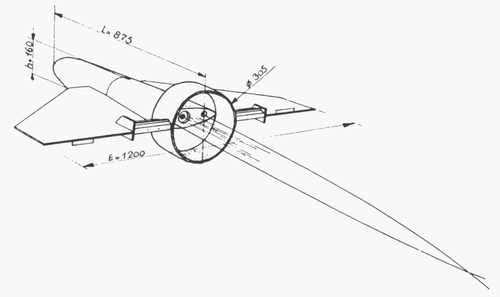Nice pictures, where did you get them?
I scanned these images a little over nine years ago and I do not remember which book it was.
But we find the first image on "Mémoire d'usine - 60 ans à la production d'avions et d''engins tactiques", 1985. It is the story of the Châtillon factory. Unfortunately, the image is spread over two pages and therefore difficult to scan.
Concerning the 5201, we can also find this drawing which specify some dimensions.

